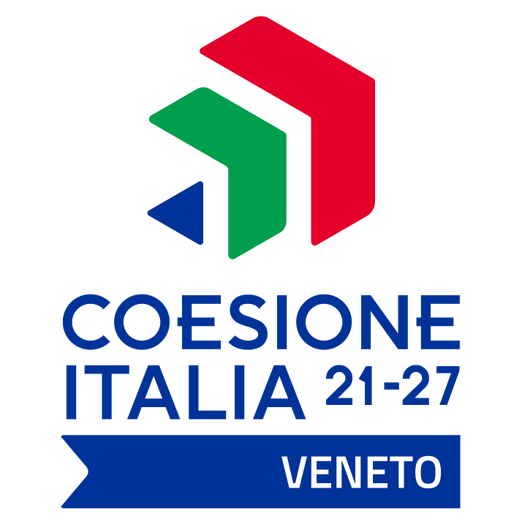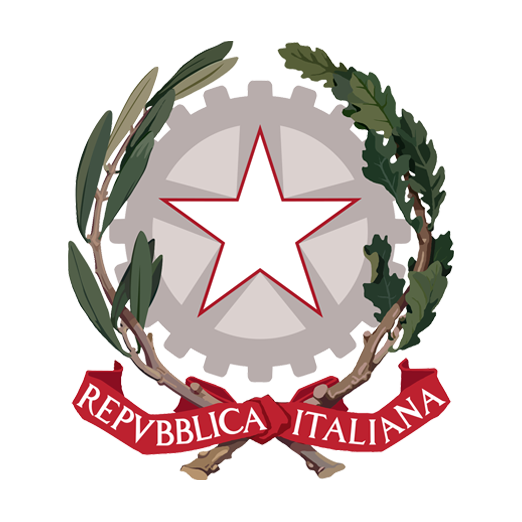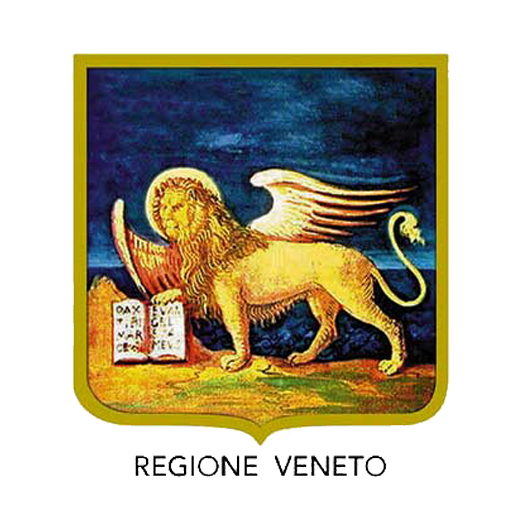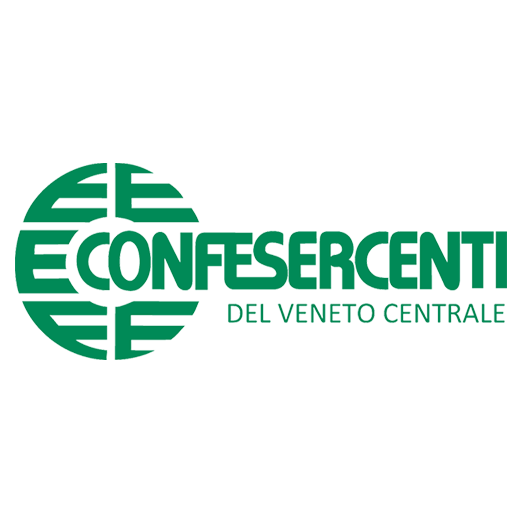Beata Vergine della Salute
Via Salute, 493
The Church of the Blessed Virgin of Health, also known as the Church of Miracles, is one of the most original and evocative buildings in the city. Its origin is linked to the veneration of a miraculous image of the Blessed Virgin Mary of Mount Carmel.
The Miraculous Image of the Blessed Virgin Mary
In 1626, Giovanni Antonio Capovino (1576–1654), a priest since 1642, commissioned a devotional painting of the Virgin Mary with the Child Jesus, titled Ave Regina Caelorum. The artwork, created by the Este-born painter Giulio De Rossi (who died around 1640), was placed on a pillar of the boundary wall of Capovino's property in Borgo San Pietro.
Starting in 1638, several miraculous events connected to the image sparked deep popular devotion. In June 1639, the community requested the construction of a place of worship to honor the image.
Initially, the Virgin was venerated under the title Our Lady of Miracles, but in the 1820s, the title Our Lady of Health prevailed, thanks to the will of Gaetano Rizzardi, the archpriest of the Cathedral (who died in 1834 and was regarded as a saintly figure). At the request of the people, he was buried in the church’s presbytery.
Construction of the Church of Health
Thanks to numerous donations from the faithful, construction was able to begin. The church was designed with an octagonal plan, typical of Marian churches. The building features a single nave covered by a vaulted ceiling topped with a windowed lantern, while the eastern chapel houses the altar with the miraculous image. On either side of the presbytery rise two slender octagonal bell towers with domes covered in lead.
The foundation stone was blessed on 26 September 1639. Construction began under the direction of the architect Antonio Zuccato from Este, who drafted the first project. However, after part of the walls collapsed in December of the same year, the project was handed over to Francesco Zanini from Padua. The building was blessed and opened for worship on 19 August 1641 by Archpriest Giovanni Battista Gnagnotti, while work on the bell towers continued until 1644.
Ownership of the church was transferred to the Magnifica Comunità di Este in 1639 by Capovino, who donated the land for the construction of the oratory. The community, under the authority of the Venetian administration, was responsible for the building’s maintenance and administration, while the Cathedral parish oversaw religious activities. The miraculous image was preserved intact, along with the piece of wall it was painted on, and placed in a niche above the main altar.
Artistic Decoration
Between 1649 and 1721, the church was enriched with extraordinary sculptural and pictorial decoration, making it a true jewel of art and faith.
Main Altar:
The inlaid altar was created by the Florentine craftsmen Pierpaolo Corbelli (+1649) and his son Antonio (1624–1707) between 1649 and 1653. The angels atop the altar were sculpted by the Venetian artist Paolo Callalo (1655–1725) in 1713, while the two main portals were created by Antonio Peschiera in 1650.
Painted Cycle:
A complete cycle of canvas paintings, executed between 1655 and 1721 by important artists, adorns the church’s interior.
Main Chapel:
- Altarpiece: The Eternal Father in Glory with Saints Andrew and Lawrence (Pietro Liberi, 1671)
- Right wall: Adoration of the Magi (Antonio Zanchi, 1709) and Birth of the Virgin (attributed to Tommaso Formenti, c. 1705)
- Left wall: Communion of St. Aloysius Gonzaga (Federico Cervelli, c. 1674) and Death of the Virgin (attributed to Bartolomeo Litterini, c. 1705)
Octagonal Nave:
- Above the arches: Canvases depicting the Apostles (including Peter, Paul, John, and James), the four Doctors of the Church (Ambrose, Augustine, Jerome, and Gregory the Great), and other Apostles (Thomas, Jude Thaddeus, Simon, Matthew, and James the Greater), painted by Zanchi between 1703 and 1704.
- Seven large canvases in the arches portray scenes from the life of the Virgin, including:
- Presentation of Mary at the Temple (Zanchi, 1700)
- Saint Thecla Intercedes for Este (Giovanni Brunelli, c. 1656)
- Presentation of Jesus at the Temple (Giovanni Antonio Fumiani, 1701)
- Annunciation of the Virgin (Zanchi, c. 1702)
- and others
Frieze above the marble paneling:
Eight canvases depict scenes from the life of the Blessed Virgin and Old Testament female figures who prefigure Mary, including:
- Queen Esther Intercedes for Her People before Ahasuerus (Zanchi, 1712–1715)
- Bathsheba Crowns Solomon (Zanchi, 1712–1715)
- Visitation of the Blessed Virgin to Elizabeth (Lamberti, 1707)
- and more
Painted Frieze:
Antonio Del Soldà (1659–1726), a painter from Este, created a decorative frieze of floral and fruit motifs running beneath the cornice in 1707.
A Message of Faith
The extraordinary artworks of the Church of Health tell the story of salvation, showing humanity on its journey toward God and the longing for His nearness during earthly life.
Since 2019, the Church of Health has been entrusted to the Orthodox Community. It now hosts religious art from both Catholic and Orthodox traditions, blending into a unique and evocative artistic and mystical dialogue.






